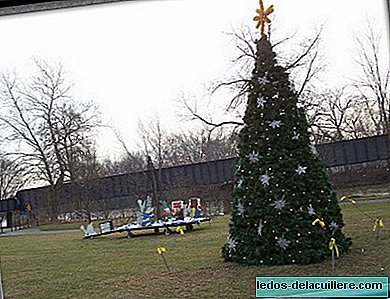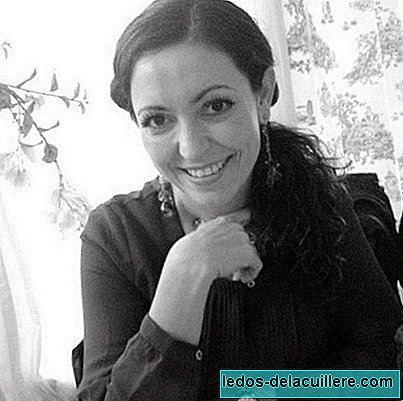
Mom, why will my friends receive Santa's visit tomorrow? My son asked me yesterday. Oh dear, it turns out who is going to bring you the gifts is St. Nicholas !, and it is because tradition in Ukraine dictates that it is the date (according to the calendar by which the Orthodox church is governed) in which this generous character (and expected by children) will reach Ukrainian homes.
One of the best things that interculturality has brought us is the possibility of knowing life forms, traditions, cultures and people who have arrived from other places in the world. It is natural for my children to interact with other children whose parents were born in Algeria, Romania, Colombia, Argentina, Germany, France ... for me they are 'golden' occasions with which to learn.
The truth is that with the snowstorm that is falling in Russia and Ukraine, St. Nicholas will have a difficult time, although as he is a legendary character, he can surely do so. But for Ukrainian children residing in our country, today will be a magical day, because they will receive their gifts as Children from other places are waiting for you on December 24 or January 6.
St. Nicholas was known for his generosity, and marked society by leaving his fortune (he came from a rich family) to those in need, before going to exercise the priesthood. I think that by telling you this story, children can learn to contain their desires and think more about others.
Legends that claim to fulfill children's wishes
In other countries the festival of St. Nicholas has already been celebrated at the beginning of December: Belgium, Poland, Czech Republic, etc. And if you want to know 'what does Saint Nicholas have to do with Santa Claus', I have to tell you that they are really the same. A legend as complex as it is attractive. His death on December 6 (year 345) led to his becoming a symbol of Christmas, so close to the calendar; The name by which most of us know it is due to the German denomination (San Nikolaus).
And if it's nice to know the most widespread traditions, It is exciting to know that not only the most popular characters (Santa Claus, the three Magi) visit homes at Christmas. In reality, what unites small (and large communities) are the distinctive signs, and in many places around the world the protagonists are others.
The Olentzero in the Basque Country, the Yule boys in Iceland, the Befana witch in Italy, Babouschka in Russia, and even 'el Tió' (a magical wooden log) in Catalan homes. Purpose? that the children receive gifts as a symbol of the forgotten winter solstice celebrations (pagan Christmas origin).
Christmas is not only gifts
The origin of all this is the pre-winter celebrations in agricultural and livestock societies (and probably pre-Christian). In winter the grain did not sprout and the animals could not be fed, so taking advantage of the date on which three cold months will begin and (at the same time the days will begin to lengthen), people gathered to eat abundantly, and to celebrate that there were only 90 days left until they saw the first fruits again.
A common origin to the people who inhabit the planet today, has given rise to celebrations characteristic of each country, which basically aims to unite families and feel the magic that flows despite expensive gifts, excessive lighting and haste to reach everything (shops, activities, events ...).
In Australia and New Zealand they do not lock themselves at home during the Christmas meal, but they usually celebrate it on the beach, taking advantage of the fact that by that time summer has already arrived in the Southern Hemisphere (and with it the school holidays).
Stuffed turkey to eat in Guatemala, Belgium, and many other places, what will this bird have that makes it a typical meal around the world ?, perhaps it is its enormous size, capable of feeding everyone who sits at the table.
The piñatas stuffed with fruit and sweets preside over the festivities in Mexico, and in Brazil (accustomed to the crowds) the main beaches offer fireworks shows. What contrasts! true?
In Ghana (west coast of Africa), homes and churches are decorated during the first week of Advent, and Christmas Eve sings Christmas carols down the street. Families and neighbors eat together, taking advantage of the end of the cocoa harvest, and everyone has returned home.
In China the Christian population (minority) illuminate the houses with paper lamps, and in Japan they celebrate the entrance of the New Year with a big party called Omisoka, during which they taste cups of noodles.
Lapland is for many the land of Santa Claus, so in Finland they have a theme park dedicated to it. There they also put Christmas tree, and as a curiosity, It is customary to invite birds to eat wheat and fruits that are placed outside the houses.
As you can see, the celebration of Christmas is widespread around the world with the same purpose: facilitate unions and experience the joy of being all together.












